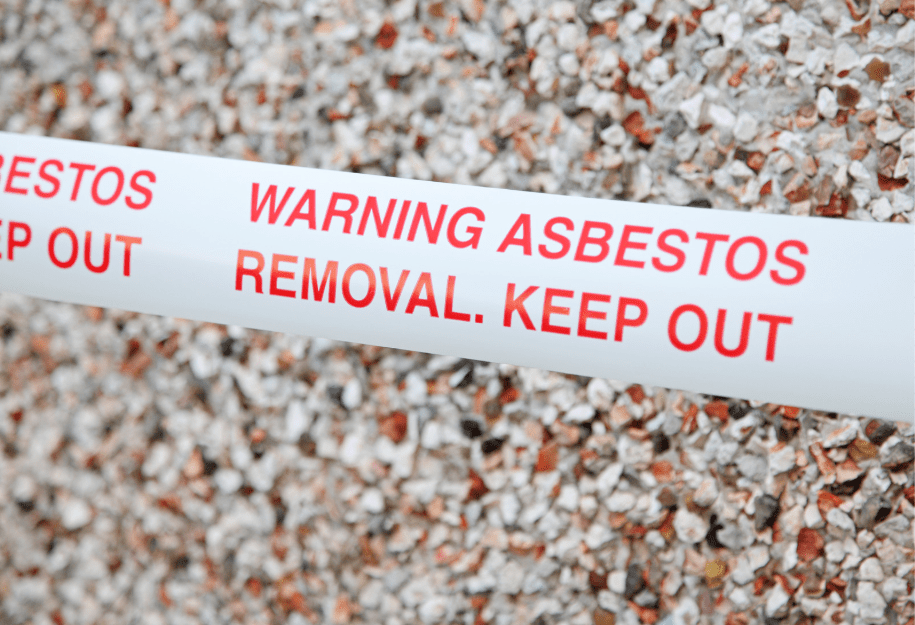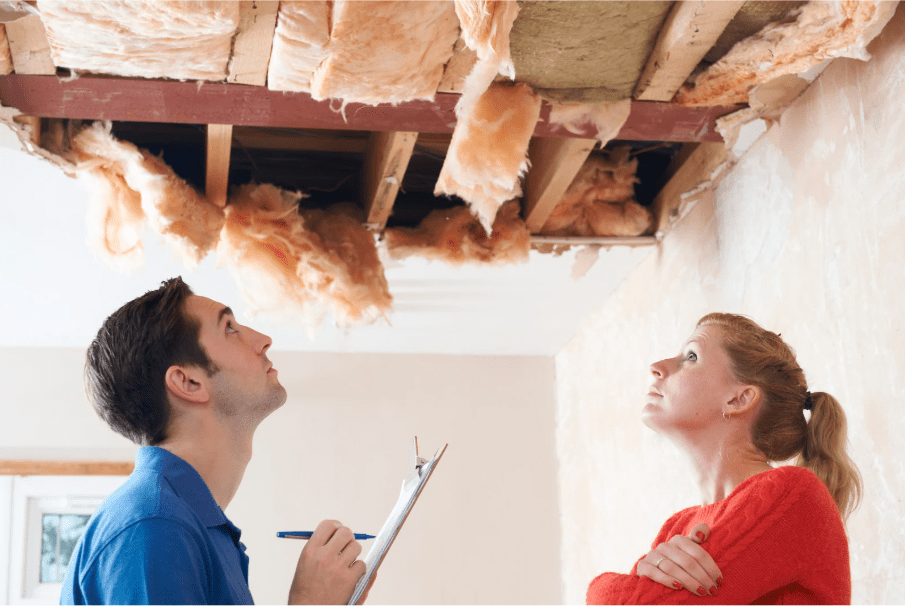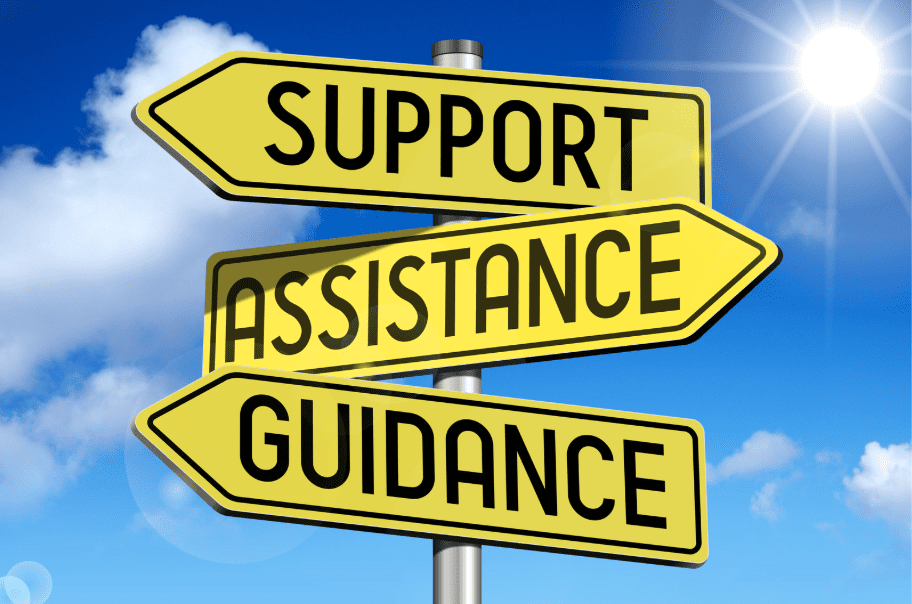Understanding Vermiculite Risks and the Importance of Safe Removal for Madison Homes
Vermiculite in Madison Homes: What You Need to Know About Safety and Removal
Vermiculite insulation, once a popular choice in many Madison homes, has now become a significant safety concern due to its potential asbestos contamination. When disturbed, asbestos fibers in vermiculite insulation can be released into the air, posing severe health risks, including lung cancer and asbestosis. Many homeowners may not realize the hidden hazards in their attic insulation or may even consider tackling the removal process themselves, unaware of the dangers involved. This guide highlights why safe, professional vermiculite insulation removal is essential, helping you understand the risks and the steps required for safe vermiculite handling.
This guide explains why you should avoid DIY removal and highlights how professionals use proven methods to ensure safe and compliant vermiculite removal. You’ll also find information on possible reimbursement options to help offset removal costs, along with a targeted FAQ section addressing common questions about vermiculite, asbestos, and safety. By the end, you’ll understand why trusting experts like Advanced Health & Safety is the most effective way to protect your home and health.
Is Your Vermiculite Insulation Safe? Understanding Asbestos Contamination

Vermiculite insulation became widely used in U.S. homes in the early-to-mid 20th century due to its fire-resistant and insulating properties, and Madison homes were no exception. While vermiculite itself is relatively safe, the presence of asbestos in vermiculite insulation has made it a serious health risk in older homes. Disturbing asbestos fibers releases them into the air, where people can easily inhale them, causing severe health conditions that often take decades to appear. The potential long-term effects make it essential to understand the unique risks of asbestos-contaminated vermiculite.
Homeowners may wonder why vermiculite insulation poses such a hidden danger. The problem lies in the asbestos fibers embedded within some vermiculite sources; these fibers are microscopic, highly durable, and hazardous to lung tissue. When insulation is disturbed—whether from renovations or attempts at DIY removal—fibers can spread through the home and linger in the air, increasing exposure risks to anyone in the space. Asbestos-related diseases, including lung cancer, mesothelioma, and asbestosis, often manifest after prolonged exposure, adding to the hidden nature of the threat. Understanding this risk is crucial for homeowners, especially before attempting to handle vermiculite without professional support.
Recognizing the presence of vermiculite insulation and assessing potential risks are vital first steps in ensuring household safety. In the state of Wisconsin, vermiculite insulation is known to contain asbestos, making it essential to have it professionally removed to protect your house and its occupants. Certified experts adhere to strict environmental regulations for safe removal and disposal, ensuring Madison homeowners are protected from the accidental release of hazardous fibers.
The Dangers of DIY Vermiculite Removal

Attempting vermiculite insulation removal without professional assistance poses significant health and environmental risks. Homeowners might be tempted to manage the process themselves, unaware that even slight disturbances to asbestos-containing vermiculite can release harmful fibers into the air. Without the proper containment and protective measures, these fibers can spread throughout the home, exposing residents to dangerous, long-term health effects. DIY attempts, therefore, often end up increasing the health hazards rather than resolving them.
The risks of DIY removal extend beyond just immediate exposure. In many cases, homeowners lack the specialized tools and filtration systems necessary to prevent fibers from contaminating the air or remaining in the home even after removal attempts. Standard household equipment isn’t designed to capture microscopic asbestos particles, meaning fibers can be easily missed, allowing continued exposure. Even a minor oversight in the removal process can leave behind harmful asbestos fibers that remain hazardous for years, underscoring the necessity of professional handling.
Beyond the immediate risks, DIY vermiculite insulation removal can lead to long-term contamination that’s difficult to detect and even harder to eliminate. Asbestos fibers, once airborne, can settle into various surfaces—furniture, carpeting, and even ventilation systems—potentially lingering for years. As a result, even after the initial removal attempt, harmful asbestos fibers may resurface during routine cleaning or HVAC use, putting anyone in the home at ongoing risk of exposure. By choosing a professional service, homeowners can avoid inadvertently creating these hidden hazards and ensure a comprehensive, lasting solution that safeguards their living environment.
Why Professional Vermiculite Removal is the Safest Choice for Madison Homes

Professional vermiculite insulation removal is crucial for both maintaining safety and complying with health and environmental regulations. Certified asbestos abatement specialists are trained to recognize the extent of contamination, assess potential risks, and apply strict containment procedures to keep asbestos fibers from escaping into the home.
During the process, professionals use specialized equipment such as HEPA-filtered negative air machines, which create a controlled airflow to prevent fibers from spreading to other areas of the home. Additionally, high-efficiency vacuum systems capture microscopic particles, providing a level of containment and filtration that DIY methods simply cannot match.
Another critical aspect of professional removal is the safe disposal of asbestos-contaminated materials. Regulations require asbestos-laden vermiculite to be disposed of in specialized facilities, ensuring it doesn’t pose a risk to others. This process requires specific certifications and protocols that only licensed professionals can legally fulfill. By choosing a certified removal service, homeowners can rest assured that their property and the surrounding community are safeguarded from any lingering risks associated with improper asbestos disposal.
Professional services offer peace of mind through their experience and training, ensuring asbestos removal is handled properly, and any cost concerns are managed efficiently. Beyond initial containment and removal, certified teams conduct comprehensive post-removal inspections to verify that all traces of asbestos-containing vermiculite have been appropriately handled. This thorough approach eliminates immediate risks and safeguards your home’s air quality over time, ensuring a safe environment that only professional expertise can provide.
Making Vermiculite Removal Affordable: Financial Assistance Options in Madison

Homeowners facing the cost of professional vermiculite insulation removal may find financial relief through certain reimbursement programs. One option available to qualified individuals is the Zonolite Attic Insulation Trust (ZAIT), which can cover up to 55% of removal expenses if specific criteria are met. To qualify, homeowners typically need proof of vermiculite insulation, an inspection report, and evidence of homeownership during a defined period. This financial assistance aims to make professional removal more accessible, helping to offset costs and prioritize safety without financial strain.
Navigating eligibility requirements can sometimes feel overwhelming, but working with a professional removal service can ease this process. Many certified asbestos abatement companies are familiar with reimbursement programs and can guide clients in preparing the necessary documentation. By providing evidence of proper removal and disposal, homeowners not only increase their chances of receiving reimbursement but also ensure that their removal process complies with safety standards. This support empowers homeowners to make responsible choices without compromising safety due to budget concerns.
FAQ - Top 5 Common Questions About Vermiculite Removal and Safety
Is Vermiculite the Same as Asbestos?

No, vermiculite is a separate mineral from asbestos; however, some vermiculite insulation—particularly that installed before the 1990s—was contaminated with asbestos due to mining practices. This contamination can make vermiculite insulation equally hazardous when disturbed, as asbestos fibers may become airborne and inhaled. Because the two are distinct but potentially coexisting hazards, having any vermiculite insulation professionally inspected before considering removal or renovations in areas like attics, walls, or crawl spaces where insulation is present is essential.
Can I Safely Remove Vermiculite Insulation Myself?

Due to the severe health risks involved, attempting to remove vermiculite insulation without professional assistance is highly discouraged. Vermiculite insulation from certain sources, particularly those installed before the 1990s, may contain asbestos fibers that are dangerous when disturbed. DIY removal can easily release these fibers into the air, where they can linger, spreading to other areas of your home. Professional asbestos abatement specialists have the equipment and containment measures necessary to prevent these risks, ensuring safe handling and disposal.
How Can I Tell If My Insulation Contains Asbestos? What Should I Do if I Suspect It?

If you think your home might contain asbestos-contaminated vermiculite insulation, it’s essential to leave it undisturbed and seek a certified professional’s help. Only trained experts can safely assess insulation for asbestos, using proper equipment to avoid fiber release. Attempting DIY testing or handling can increase health risks, as typical household methods don’t effectively control airborne fibers. A professional inspection provides accurate results and sets the groundwork for safe removal if asbestos is detected.
Will Vermiculite Removal Increase My Home’s Value?

Yes, removing asbestos-containing vermiculite insulation can enhance your property’s value by creating a safer environment and addressing a significant health concern for prospective buyers. Homes with verified asbestos-free insulation are often more attractive in the real estate market, appealing to safety-conscious buyers who prioritize air quality and modern health standards. Additionally, professional removal allows you to upgrade to more efficient insulation, potentially lowering energy costs. Altogether, these improvements make your home safer and more marketable, adding long-term value.
Are There Financial Assistance Programs for Vermiculite Removal?

Yes, certain reimbursement programs can help cover a portion of vermiculite insulation removal costs for qualifying homeowners. For example, the Zonolite Attic Insulation Trust (ZAIT) offers up to 55% reimbursement to those who meet specific criteria, such as proof of vermiculite insulation and ownership during particular years. Applying for such programs typically requires documentation, including an inspection report and proof of professional removal. Consulting with a certified removal company can streamline the application process, ensuring homeowners meet requirements and maximize eligible reimbursements.
Advanced Health & Safety: Ensuring Safe and Professional Vermiculite Removal in Madison, Wisconsin

Advanced Health & Safety understands that the safety of your home is paramount, especially when handling materials like asbestos-contaminated vermiculite insulation. As this blog has covered, removing vermiculite insulation requires professional expertise to ensure a safe, thorough, and legally compliant process. By trusting our certified team, Madison homeowners gain a secure home environment and peace of mind knowing every detail, from inspection to safe disposal, is handled with care.
Our team is here to help you through each step, including guiding you through potential financial assistance options. Reach out today for a consultation or to schedule an inspection—let Advanced Health & Safety make your home a safer, healthier place to live.
